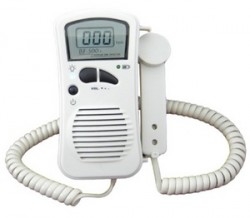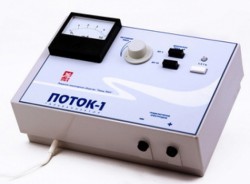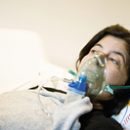There are five parameters that will help find out how strong the child does not have any pathological deviations. Maximum score, which can get a newborn, is 10. Our site will tell how to read the scale of apgar and what are the values of each point.
Who and when came up with a scale of apgar

The assessment that the newborn is obtained on the apgar scale is very important, since the doctors who were present during childbirth and helped the kid to appear on the light, determine the overall condition of the baby, as well as the work of its systems and organs.
Invented the scale of apgar Virginia apgar, anesthesiologist from the United States of America. Its system, thanks to which you can estimate the state of the newborn, the woman suggested during the annual congress of anesthesiologists back in 1952. Currently, this system is used by doctors worldwide in every generic institution.
Scale apgar allows you to determine if the help of doctors and resuscitation equipment for a newborn, which is why the first points are set immediately after the child appears. If you assist at the end of the first minute after birth, alas, this help may be useless. Experts argue that the apgar scale is today the most accurate method for determining the clinical state of the child, both after birth and on the fifth minute after that moment.
An abbreviation from the first letters of Virginia is used to assess the state - A (skin, its color); P (heart, pulse); G (grimaces, movement, cry); A (muscles); R (breathing, reflexes).
What is the apgar scale

- A heart. The child who has just appeared on the light beats the heart with a frequency of 130-140 beats per minute. The child who is weak and felt oxygen fasting, the work of the heart slows down. 2 points gets a baby whose heart is beating more often than 100 shots per minute, 1 point - if the heart beats less than 100 shots per minute, 0 points - if there is no pulse at birth.
- Breathing and Creek. Already born, the child can take up to 45 respiratory movements in one minute, at this time he notifies his birth around with a loud cry. Such indicators are evaluated in 2 points. If the born kid does not shout, and moans, and his breathing slowed and does not have a regular movement, then doctors determine its condition in 1 point. In the event that there is no breathing and cry at all, they put 0 points.
- Muscles. The newborn has an increased tone in the muscles - it is born and first is in the pose of the embryo, nevertheless, the baby should not only declare himself cry, but also actively express discontent, waving his hands and legs. Such behavior of doctors is estimated at 2 points. In the case when the child has hands and legs are not very bent, and movements weak, neonatologists put 1 point, and in the absence of movements - 0 points.
- Reflexes. Barely appearing on the light, children have a set of congenital Reflexes, which indicate that they are fully adapted to life. At first, the very first reflexes are a cry and breath. The reflexes and swallowing reflexes are wake up, the reflexes crawl and a walking reflex appear. If all these reflexes in the baby are present and pronounced, it means that it receives a rating of 2 points. In the event that the reflexes are some unsure or weak - 1 point. With the absence of the absence of reflexes, the kid put 0 points.
- Leather. Ideally, the newborn baby has pink skin color. Hue can be diverse - from light to almost red. With such a healthy color, doctors count the baby 2 points. In the event that the child's finite has a noticeable blue tint, it gets 1 point. If the baby has a skin too pale or a sinusiness is common not only on the limb, but also on the body, it is estimated 0 points.
Is it possible to trust the apgar scale?

Very often, among young mammies, you can hear conversations about what an assessment was given at the birth of their kids. Someone brags solid 10, and sighs to something that baby was born with a rating of 2 points. Do these points have a value for the further existence and development of children?
It is worth noting that the apgar's scale is designed to assess the states of newborns, so the points obtained during childbirth do not carry any semantic load for the future life of the child. This assessment is subjective for a specific period of time, therefore, to say with the high probability that a child born with a rating of 10 points, a healthier child who was born with 6 points, it is impossible. In no case in any case, the apgar's scale should not be measured by physiological maturity in the future, since its main purpose is to identify whether newborn needs qualified assistance and resuscitation actions.
Most often, the indicators below 4 points put children who appeared as a result Cesarean section or with some internal problems. They may also be immature - from a physiological point of view - for life. All this can be fixed, if you assist the child in time.
If the child has 0-2 points at birth, it does not mean that your baby will be weak, lifeless and incapable all his life. Not at all. There are a lot of examples when kids who even after 5 minutes had an indicator of 2-4 points then soldered and even overwhelmed in the development of their peers with higher indicators. That is why it is not for long to focus on the scale of apgar and its indicators - remember, they are important in the first clock of the baby's life, but not at the time when you already have to go to school or institute.









